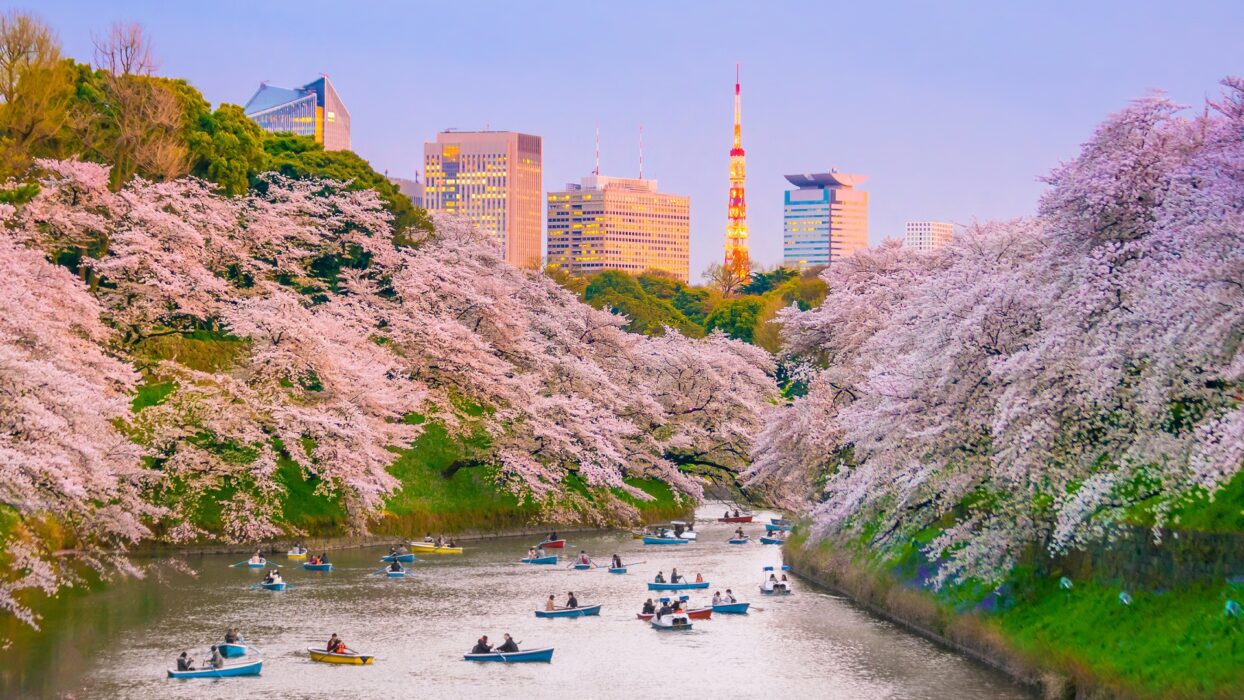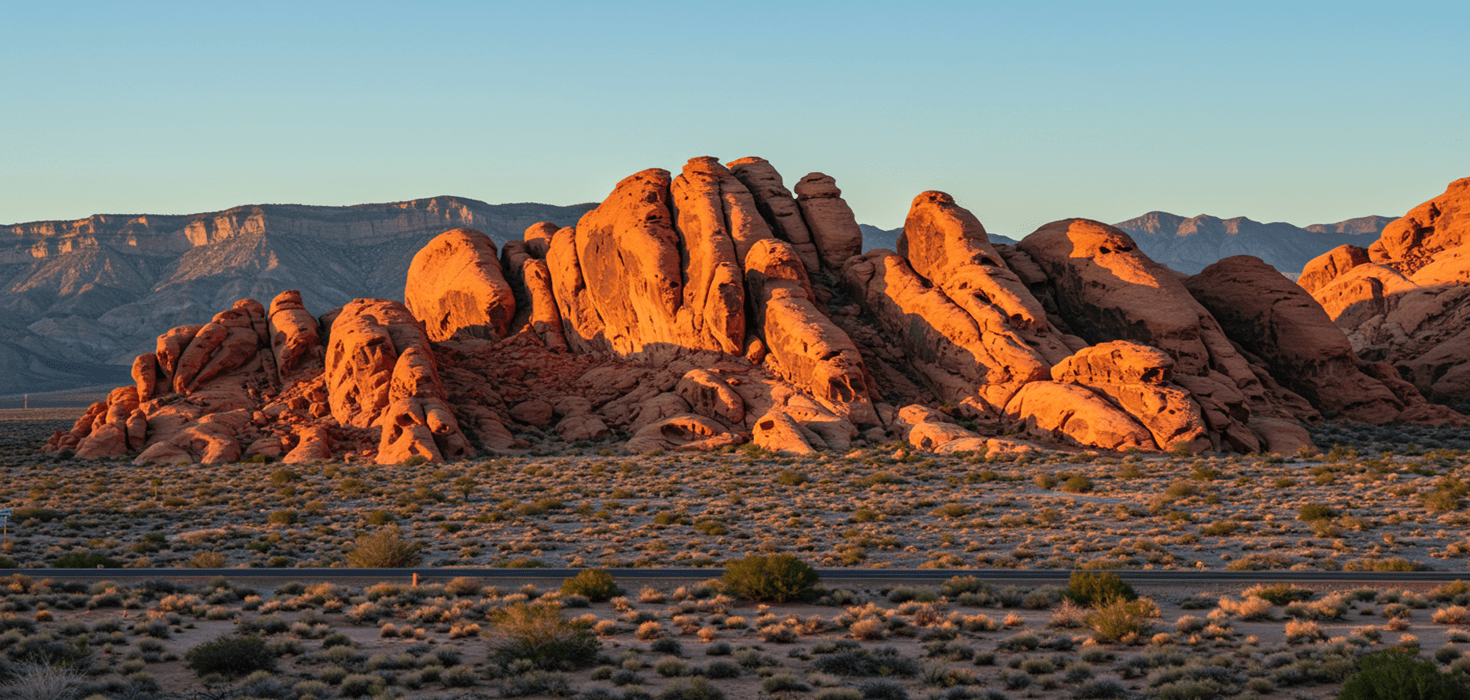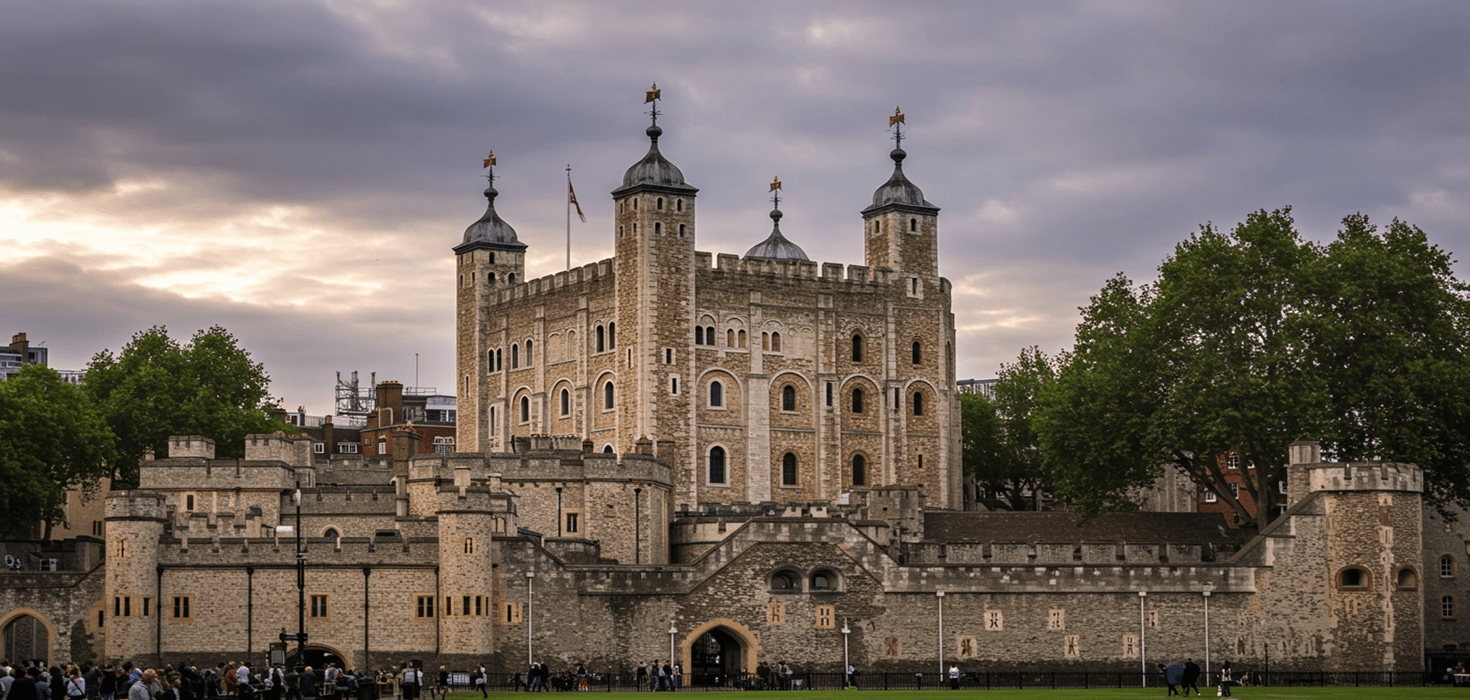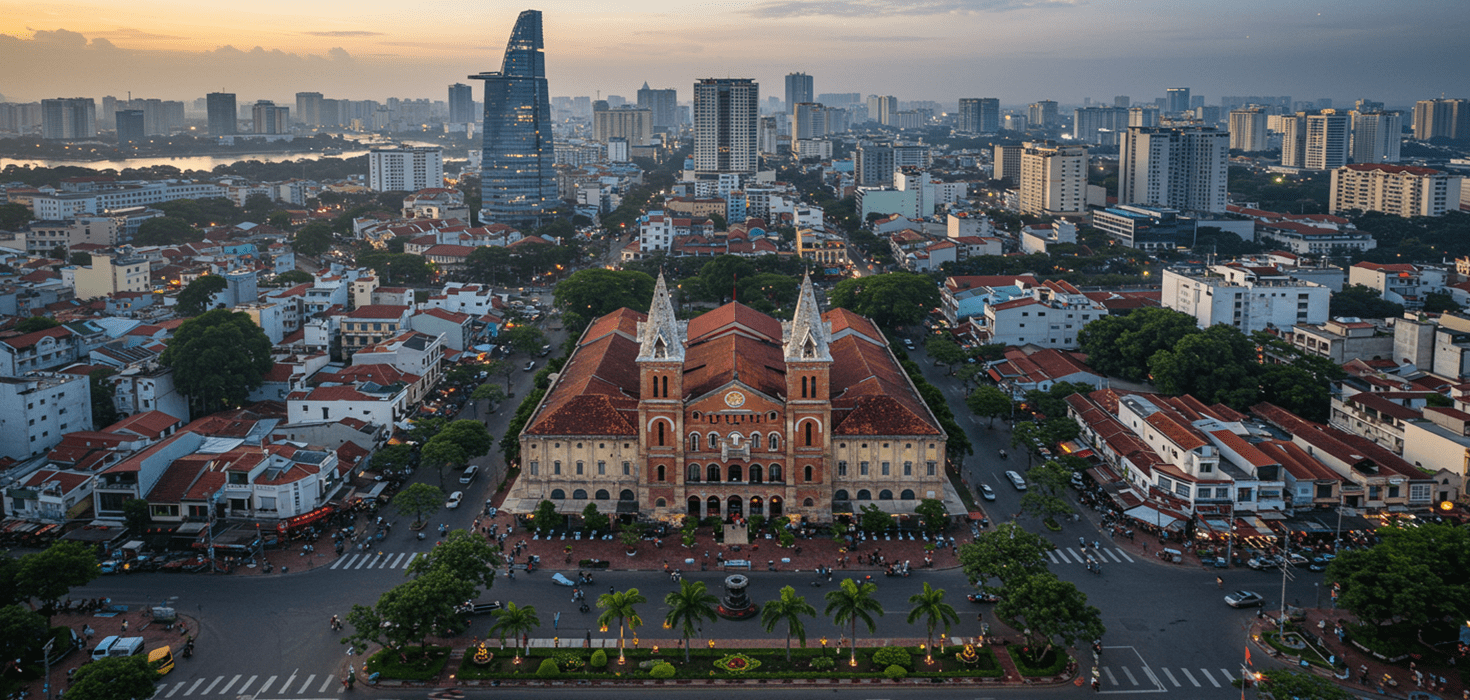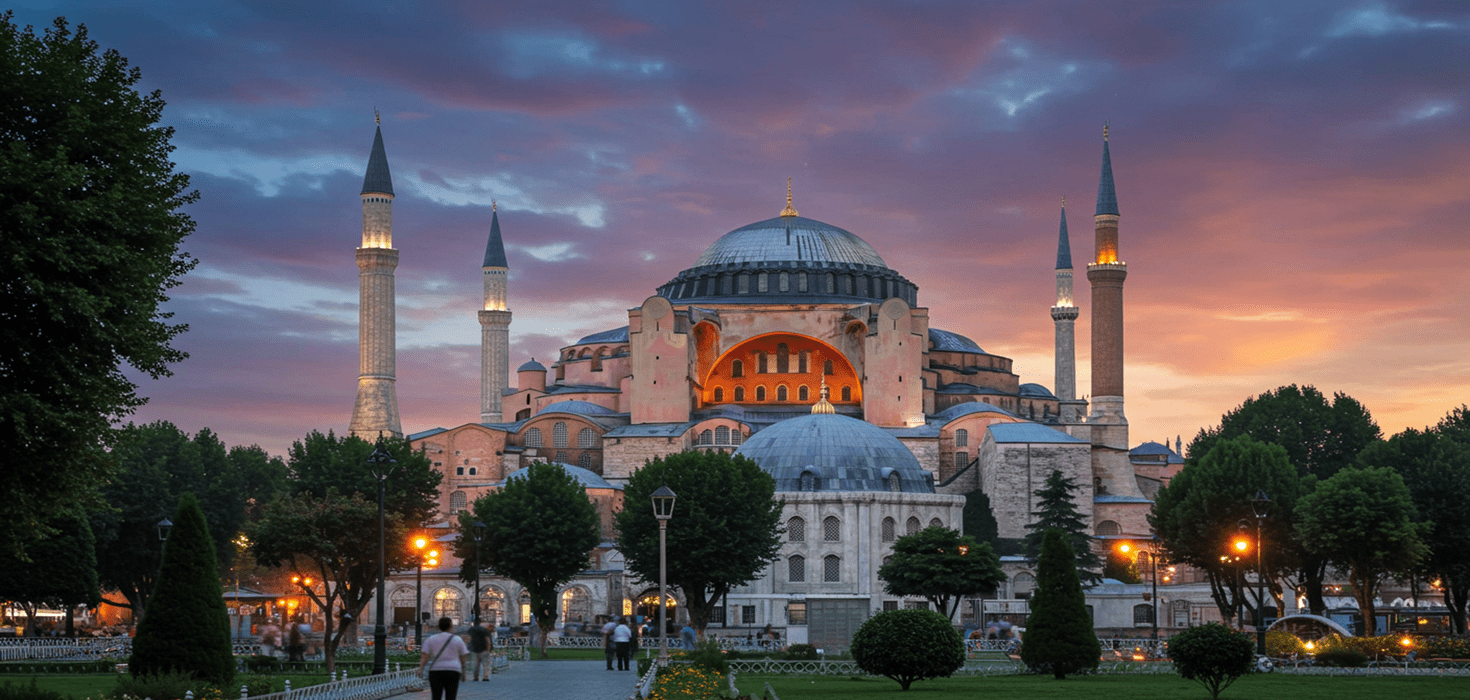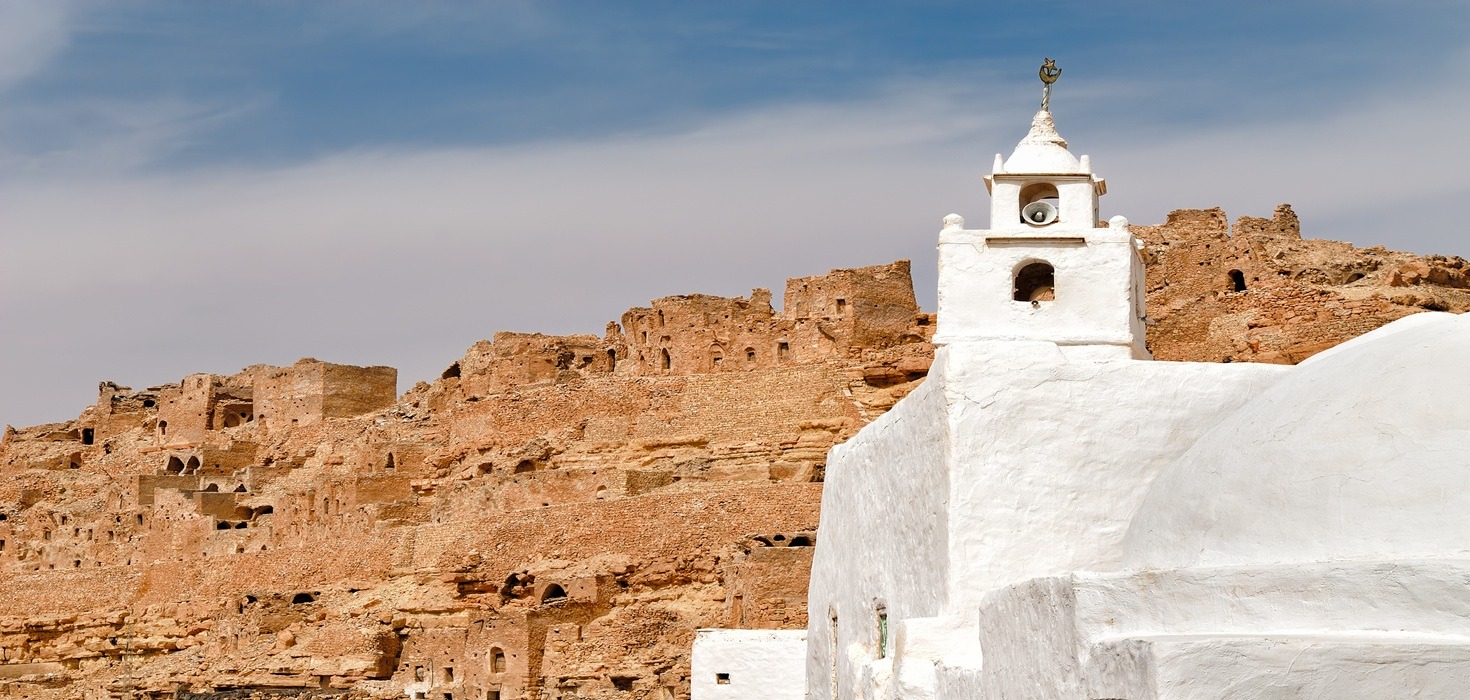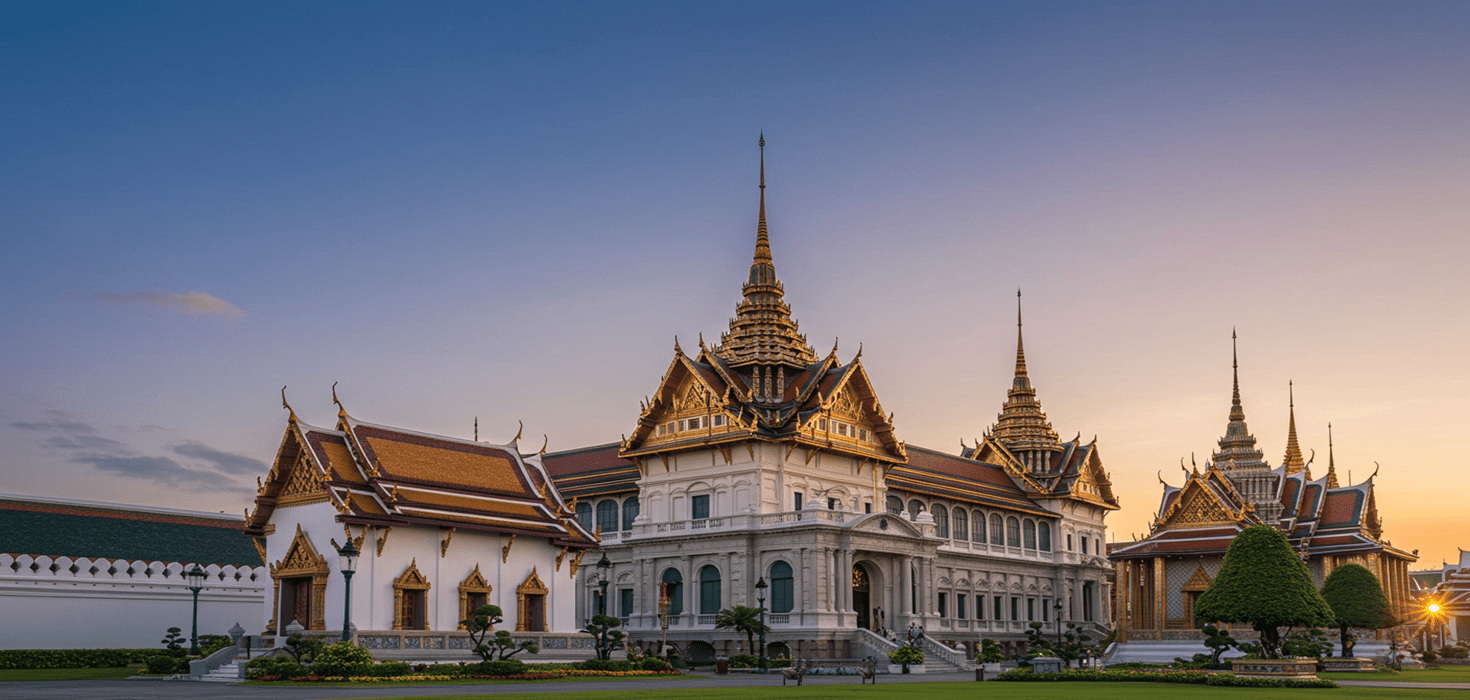Springtime in Japan is synonymous with cherry blossoms, or sakura, painting landscapes in delicate shades of pink and white. This fleeting beauty has captivated locals and tourists for centuries, making cherry blossom season one of the most anticipated times of the year. In this comprehensive guide, we’ll provide an in-depth look at all things cherry blossom, from the best viewing spots to cultural insights and travel tips. Whether you’re a seasoned traveler or a first-time visitor, get ready to dive into a magical world of hanami (flower viewing) that is quintessentially Japanese.
Detailed Day-by-Day Itinerary: A 7-Day Cherry Blossom Adventure
Day 1: Arrival in Tokyo and Ueno Park
Begin your cherry blossom journey by landing in Tokyo, the bustling capital city of Japan. After settling into your accommodation, head to Ueno Park, one of Tokyo’s most famous cherry blossom spots. The park comes alive with over a thousand sakura trees and vibrant hanami parties. Enjoy a peaceful stroll around Shinobazu Pond and visit the Ueno Zoo if time permits.
Day 2: Shinjuku Gyoen and Chidorigafuchi
Spend the second day exploring more of Tokyo’s cherry blossoms. Start at Shinjuku Gyoen, a vast national garden featuring different styles such as Japanese traditional, French formal, and English landscape. After a serene morning, head to Chidorigafuchi, a scenic moat near the Imperial Palace, famed for its cherry blossom-lined waterways. Renting a boat to enjoy the blossoms from the water is a must-do activity.
Day 3: Travel to Kyoto and Philosopher’s Path
Catch a morning bullet train to Kyoto, Japan’s ancient capital, renowned for its historical charm and cherry blossoms. In the afternoon, visit the Philosopher’s Path, a picturesque canal lined with hundreds of cherry trees. The iconic path stretches for about two kilometers, offering an ethereal walking experience. Stop by the nearby Ginkaku-ji Temple for more serene beauty.
Day 4: Maruyama Park and Kiyomizu-Dera
Begin your Kyoto exploration at Maruyama Park, the oldest park in the city, known for its massive weeping cherry tree. The park is a beloved hanami spot where you can enjoy festive gatherings and street food. In the afternoon, visit Kiyomizu-Dera, a historic temple offering breathtaking views of the city enveloped in cherry blossoms.
Day 5: Arashiyama and Tenryu-ji Temple
Head to the Arashiyama district on the fifth day. Visit the Tenryu-ji Temple, a UNESCO World Heritage site with spectacular gardens featuring cherry blossoms. After exploring the temple grounds, make your way through the famous Bamboo Grove. End your day with a leisurely boat ride on the Hozu River to witness the cherry blossoms from a unique perspective.
Day 6: Nara Park and Yoshino
Take a day trip to Nara Park, home to free-roaming deer and beautiful cherry blossoms. The park also houses the Todai-ji Temple, which includes one of Japan’s largest bronze statues of Buddha. In the afternoon, travel to Yoshino, a renowned cherry blossom viewing spot with over 30,000 sakura trees. The scenic mountaintop offers panoramic views of the blossoming landscape.
Day 7: Return to Tokyo and Sumida Park
Wrap up your cherry blossom adventure by returning to Tokyo. Spend your final day at Sumida Park, which stretches along both sides of the Sumida River. The park offers magnificent views of Tokyo Skytree amid cherry blossoms. Capture some last-minute photos and enjoy a leisurely stroll before heading back home.
Festivals and Events Coverage
Cherry blossom season in Japan is marked by various festivals and events celebrating the ephemeral beauty of sakura. Here are some must-visit festivals and events:
Ueno Cherry Blossom Festival: Held in Ueno Park in Tokyo, this festival features around 1,200 cherry trees. Thousands of visitors flock to the park each year to enjoy the blossoms along with traditional music and food stalls.
Kyoto Higashiyama Hanatouro: This event illuminates the cherry blossoms in the Higashiyama District with thousands of lanterns. The soft, glowing lights create a magical atmosphere perfect for evening strolls.
Himeji Castle Cherry Blossom Viewing: Himeji Castle offers a stunning backdrop for cherry blossom viewing. The castle grounds are adorned with over 1,000 cherry trees, providing picturesque scenery for visitors.
Takato Castle Park Cherry Blossom Festival: Located in Nagano Prefecture, Takato Castle Park is famous for its intense pink cherry blossoms. The park hosts a popular festival featuring food vendors, traditional performances, and evening illuminations.
These festivals offer a blend of cultural heritage, natural beauty, and festive cheer, making the cherry blossom season an unforgettable experience.
Practical Information for Travelers
Planning a trip during cherry blossom season requires some preparation. Here’s what you need to know:
Transportation Options
JR Pass: If you plan to travel to multiple cities, consider purchasing a JR Pass for unlimited travel on JR trains, including the shinkansen (bullet trains).
Public Transport: Japan’s public transport system is efficient and reliable. Use IC cards like Suica or Pasmo for easy access to trains and buses.
Weather Advice
Spring temperatures in Japan can vary, so pack layers to stay comfortable. Early mornings and evenings can be chilly, especially in northern regions.
Cultural Etiquette
Respect local customs during hanami. Avoid touching the cherry blossoms and make sure to clean up after your picnic. Engage with locals by learning some basic Japanese phrases such as “arigatou” (thank you).
Currency and Connectivity
Currency: The Japanese yen (¥) is the official currency. Credit cards are widely accepted, but it’s advisable to carry some cash, especially in rural areas.
SIM Cards and Wi-Fi: Purchase a SIM card or rent a portable Wi-Fi device to stay connected. Most urban areas offer free Wi-Fi hotspots.

